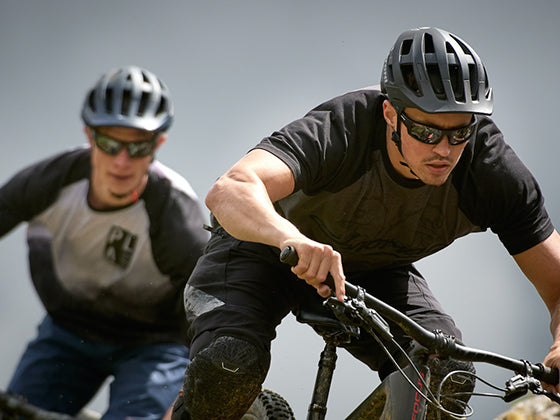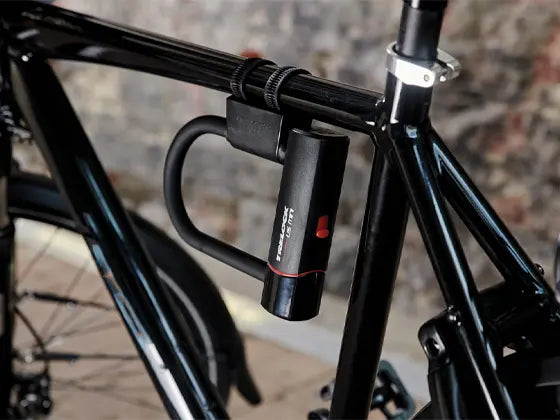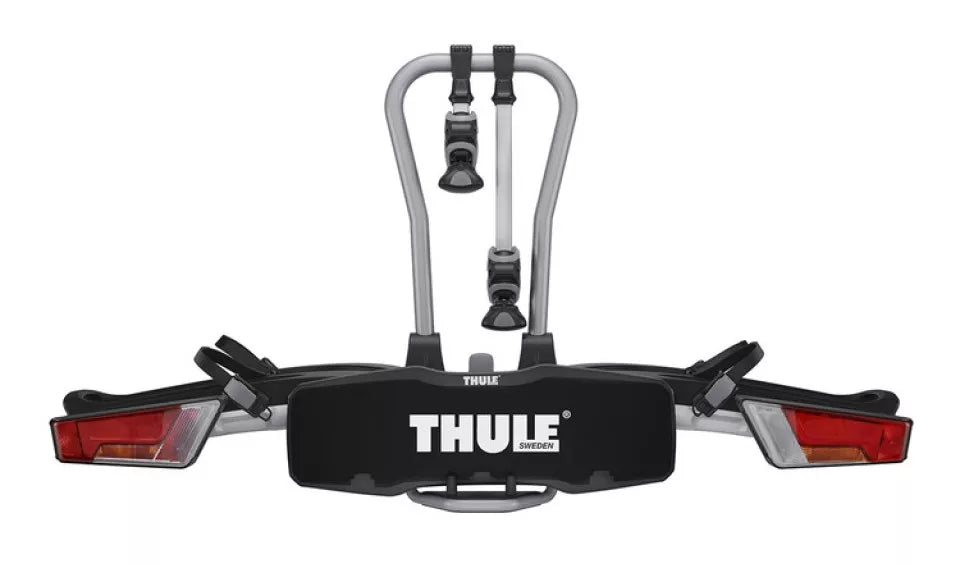Electric Life - News, advice & updates from the team at Electrify NZ

Ride to Work Scheme offers huge effective savings
The Wheel Deal ride-to-work scheme offers huge savings.
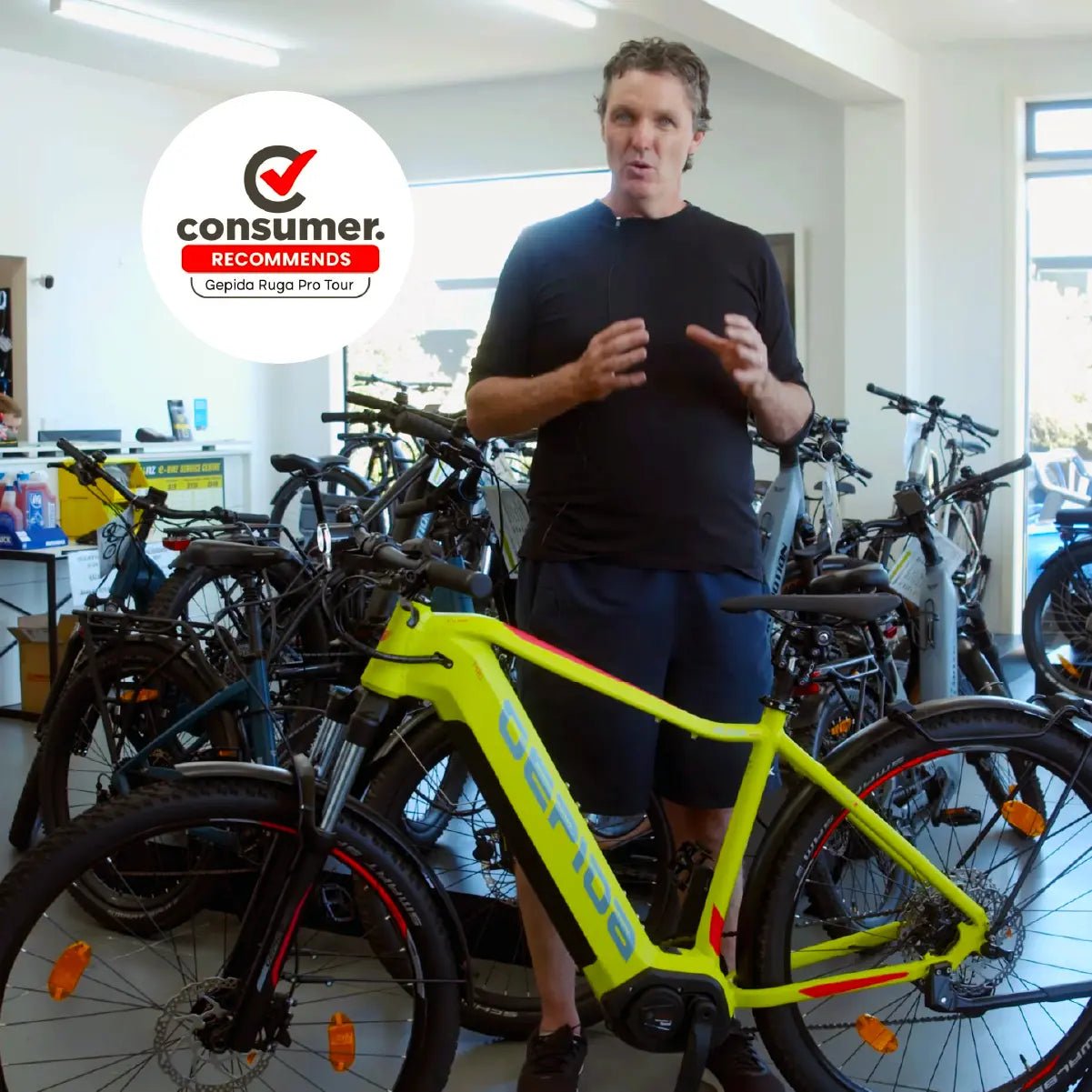
The top rated bike by Consumer NZ
Consumer NZ's e-bike testing is comprehensive and thorough, incorporating 125km of riding across both on and offroad terrain.
You can view Electrify NZ's range of Consumer-recommended bikes here. ...

News
The perfect adventure E-bike
A mastermind of the modern e-bike, Whakatane-based Anthony Clyde, is one step closer to the perfect adventure e-bike, combining hardiness, good looks and comfort in a way the international e-bike ...
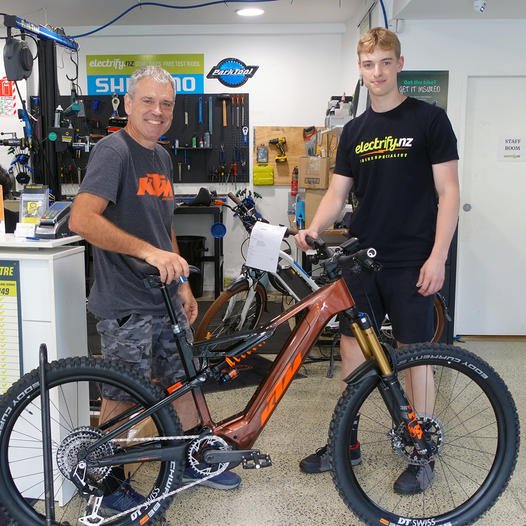
E-Bikes
First look at the KTM Prowler Exonic
Join Lance Eastman from Best Day Ever MTB as he introduces his latest adventure companion, the KTM Prowler Exonic. This isn't just any e-mountain bike; it's a high-spec dream E-Bike tha...

Advice
The 3 most common mistakes people make buying E-bikes in New Zealand
Discover the 3 common mistakes new e-bike buyers make and how to avoid them. Learn the importance of test rides, choosing reputable suppliers, and seeking specialist advice for a smart e-bike purch...
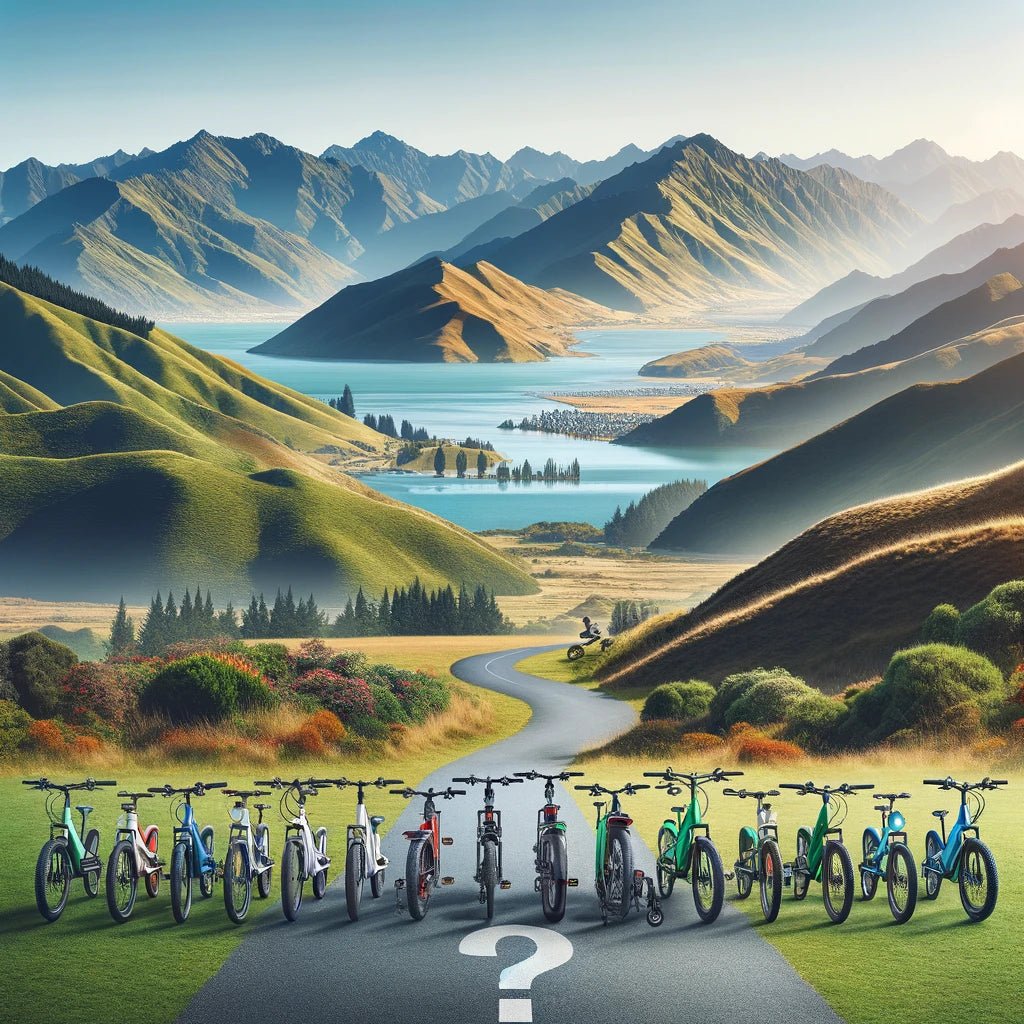
Advice
What range will i get from my E-Bike
E-bike range - It's one of the most common questions we get from customers, and the answer is always "it depends".
 STORE FINDER
STORE FINDER


